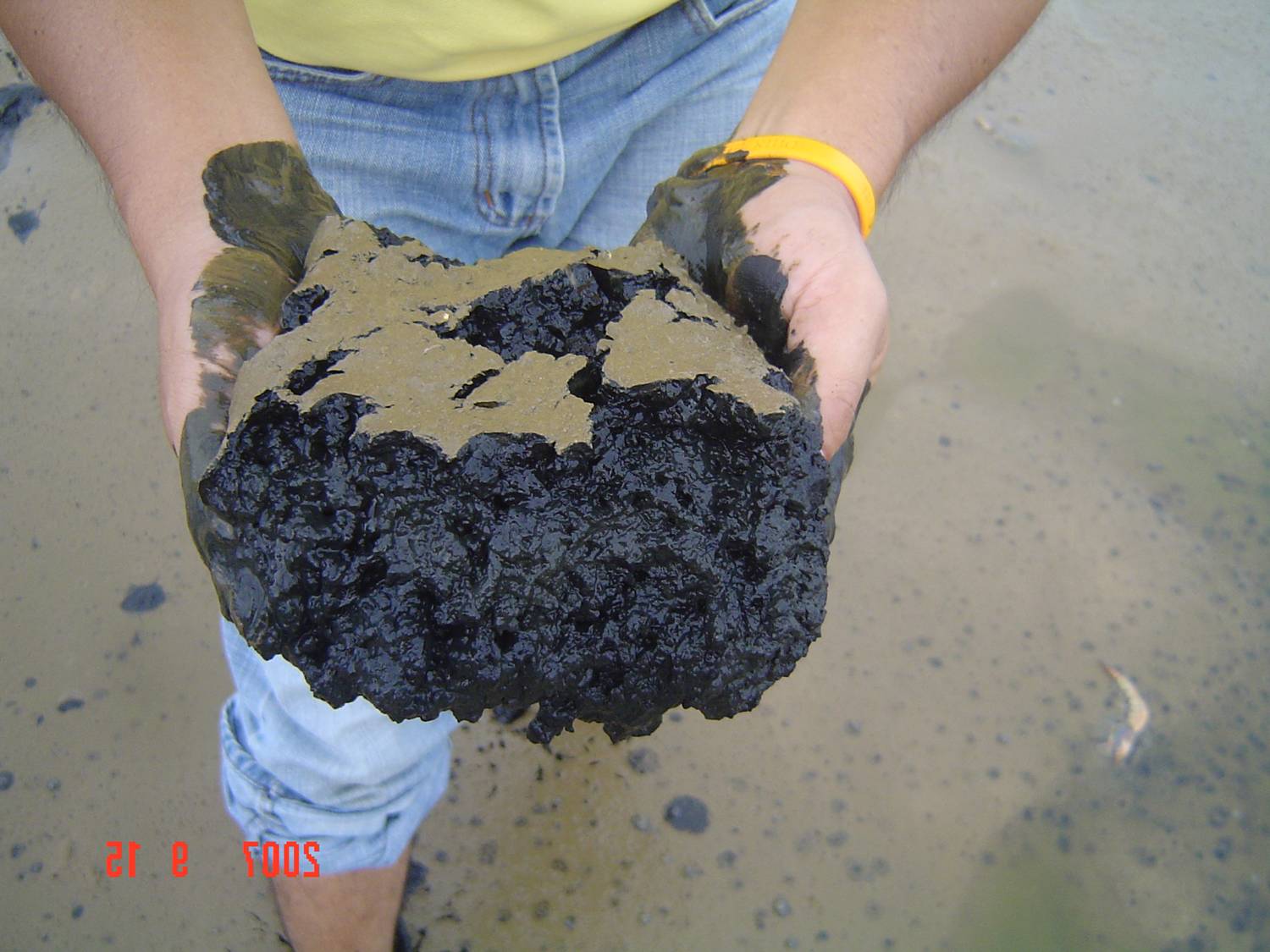
In water, ammonia (NH3) exists in equilibrium with dissolved ammonium ions (NH4+).
TAN (total ammonia nitrogen) is the total amount of nitrogen in the forms of NH3 and NH4+ in water.
In aquaculture, TAN concentration must be less than 0.5 mg/L.
There are two processes using TAN in water by micro-organisms:
1. The assimilation process:
The heterotrophic bacteria assimilate TAN into microbial protein. This process should have both nitrogen and carbon sources.
According to some references of Viet Linh, the ratio C:N> 15 is considered to be a good rate for heterotrophic bacteria to consume TAN, and keep TAN concentration in water at low levels. In aquaculture model biofloc, biofloc particles include bacteria sticking with other organisms and organic particles. Biofloc particles that range from 0.1 to several mm are the source of food supplying protein for farmed fish and shrimp.
2. Nitrification converts TAN into nitrate:
In this transformation process, in the first step, TAN is transformed into nitrite (NO2-, toxic). After that, nitrite (NO2-) is converted into nitrate (NO3-). These two steps all require the participation of bacteria and oxygen.
To reduce ammonia (NH3) and nitrite (NO2-), Viet Linh suggests the fastest method is to change water. When water cannot be changed, supplement of organic carbon to farming ponds is necessary as it helps heterotrophic bacteria "digest" ammonia. Sugar and molasses are sources of organic carbon for water in ponds. Also, sufficient oxygen supporting activities of anaerobic bacteria, stable pH and densities algal-bacteria must also be ensured.


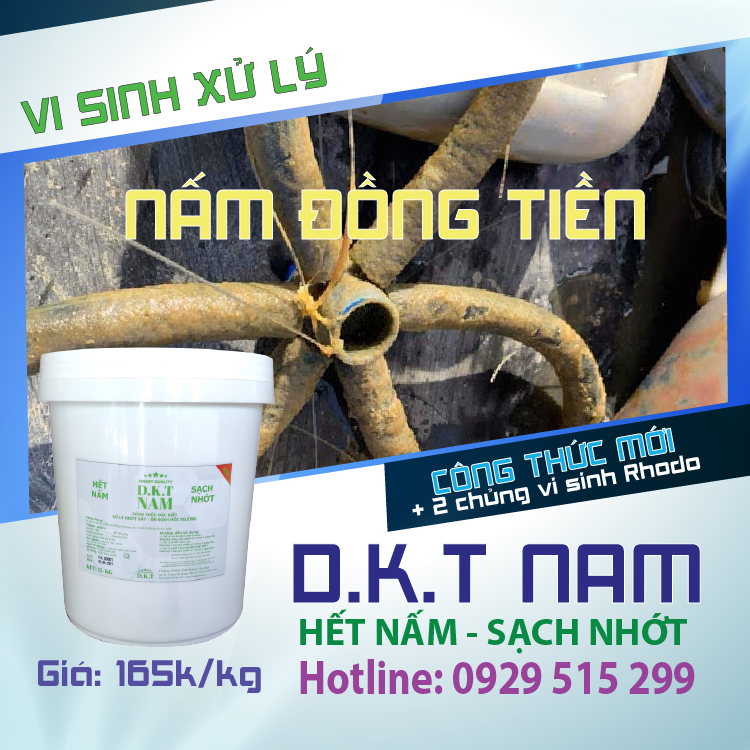

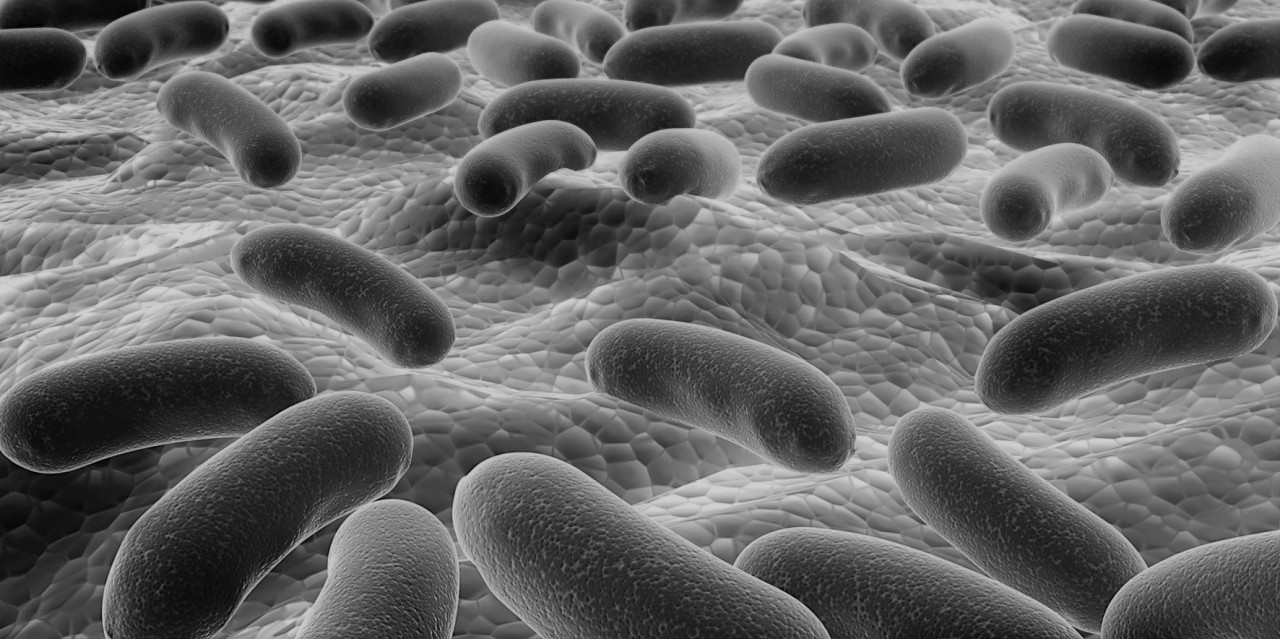
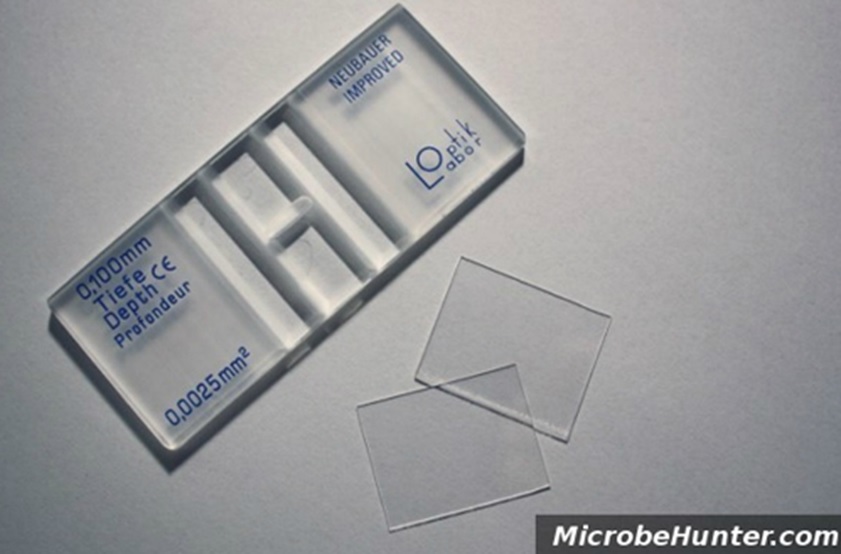
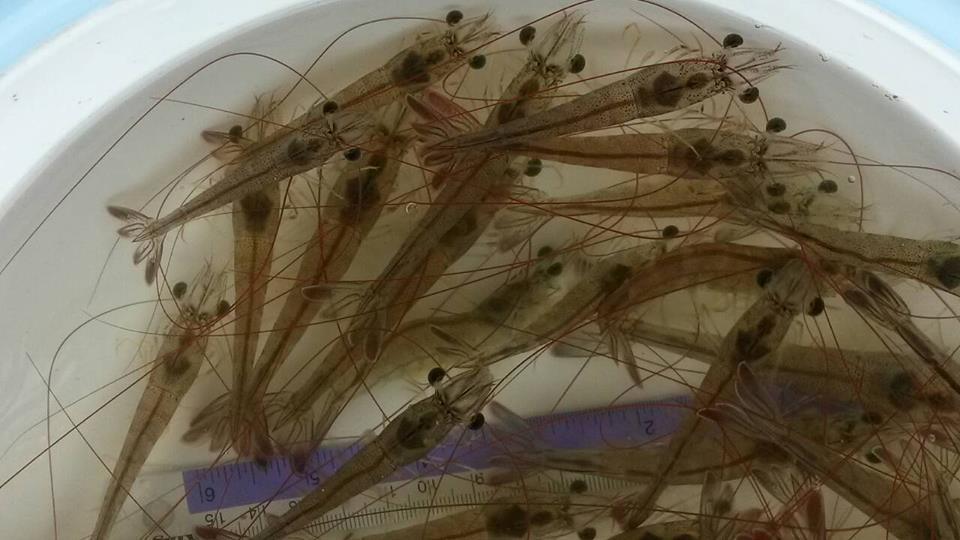
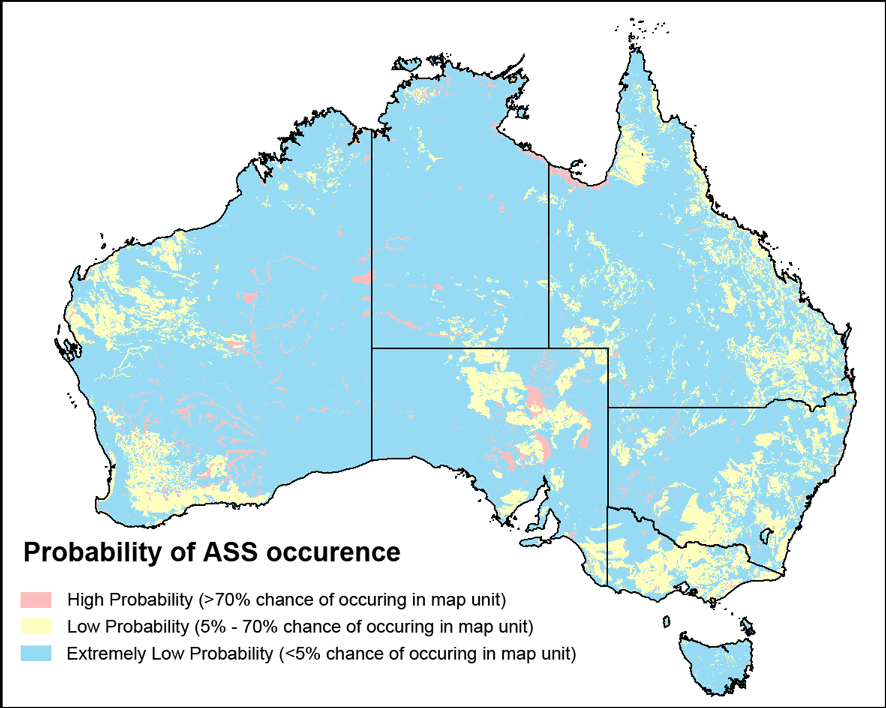
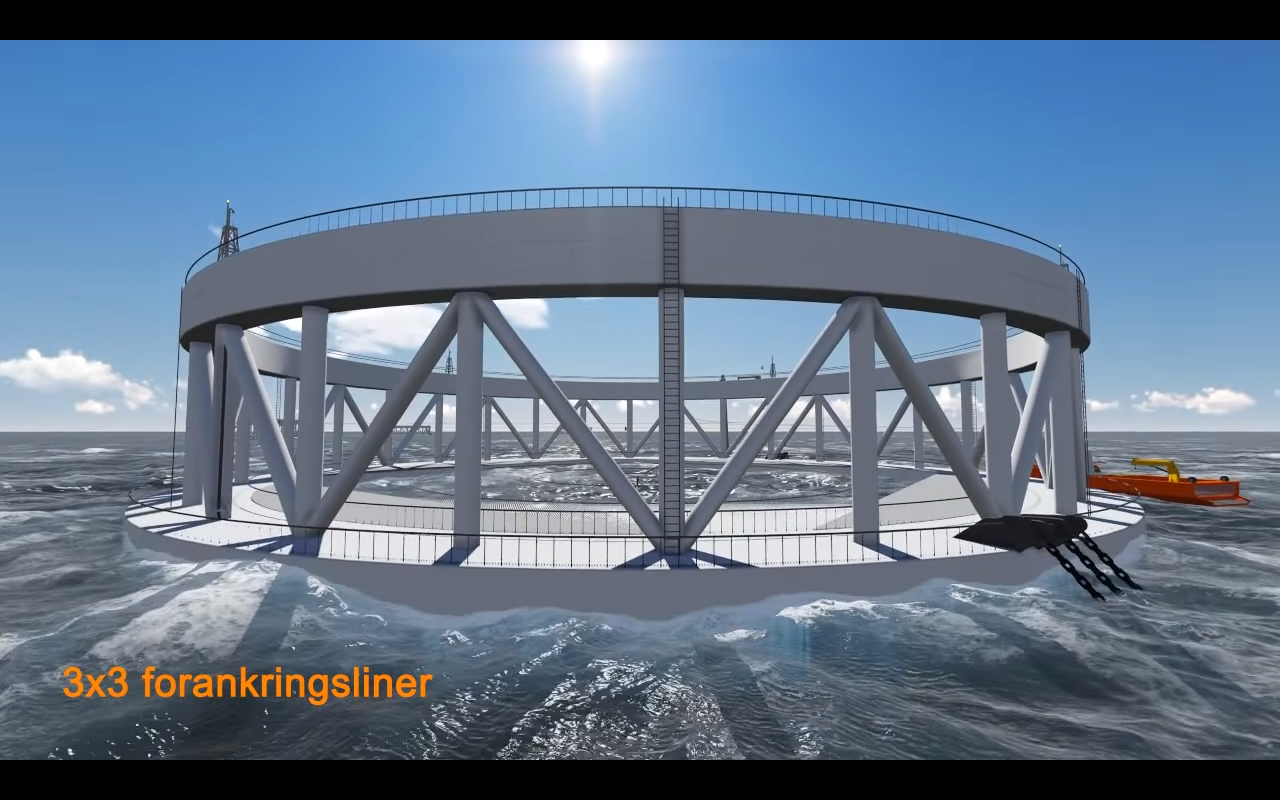
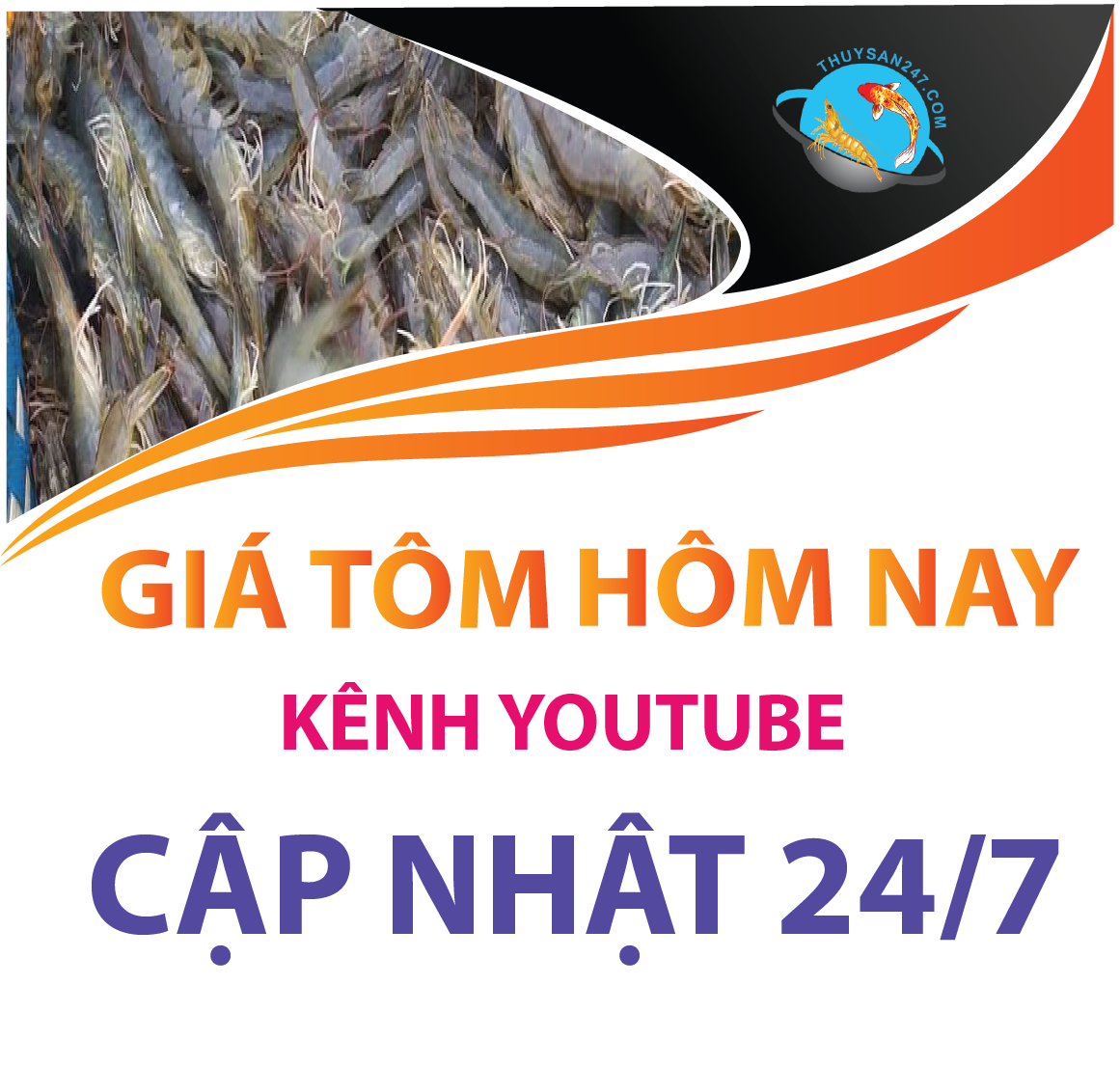
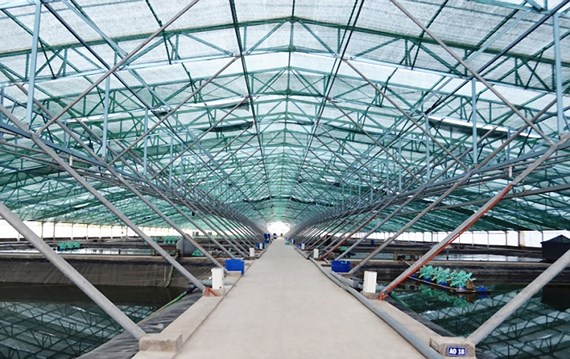

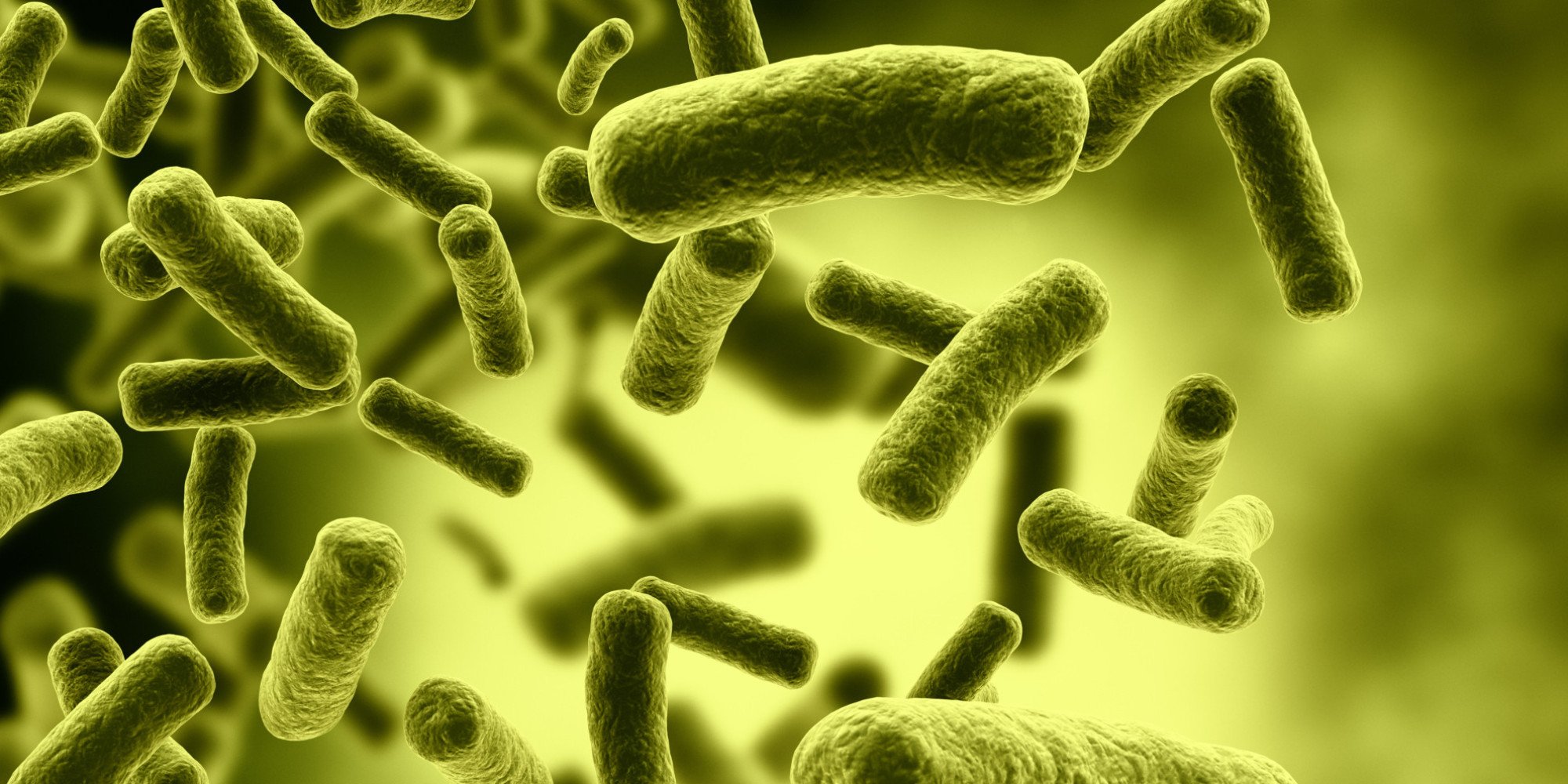
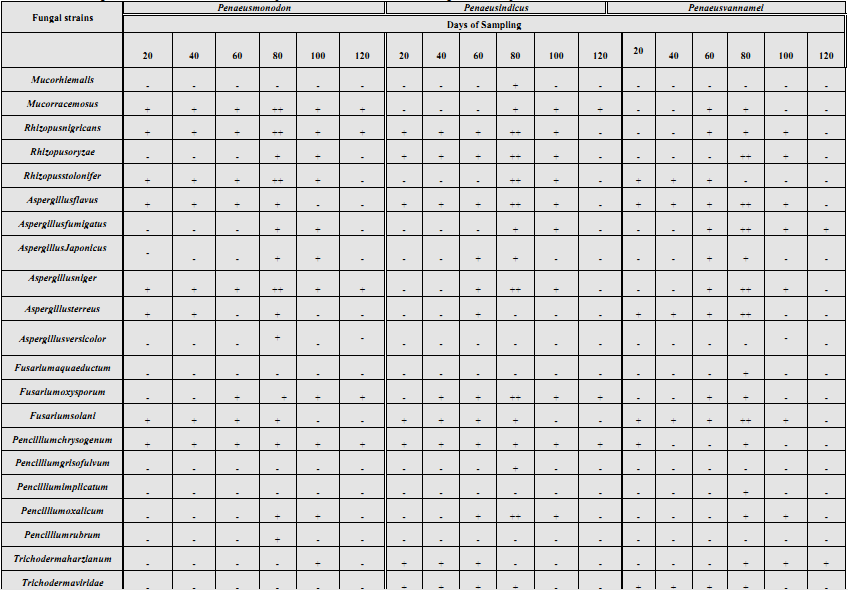
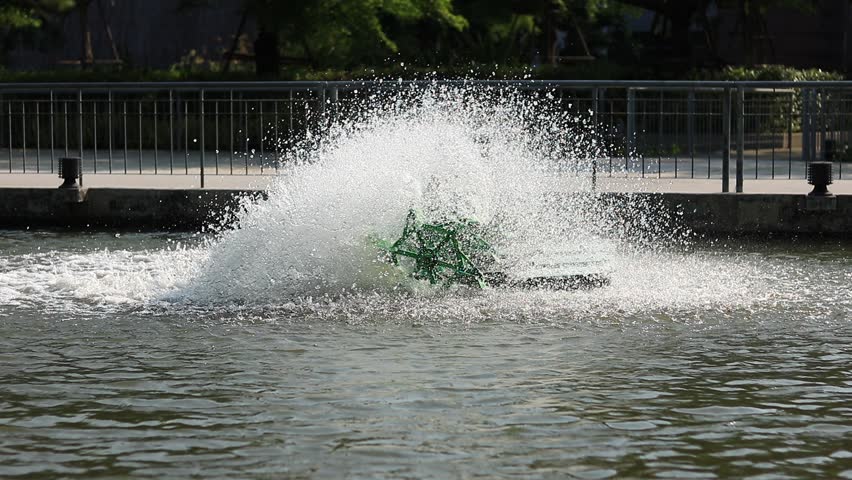
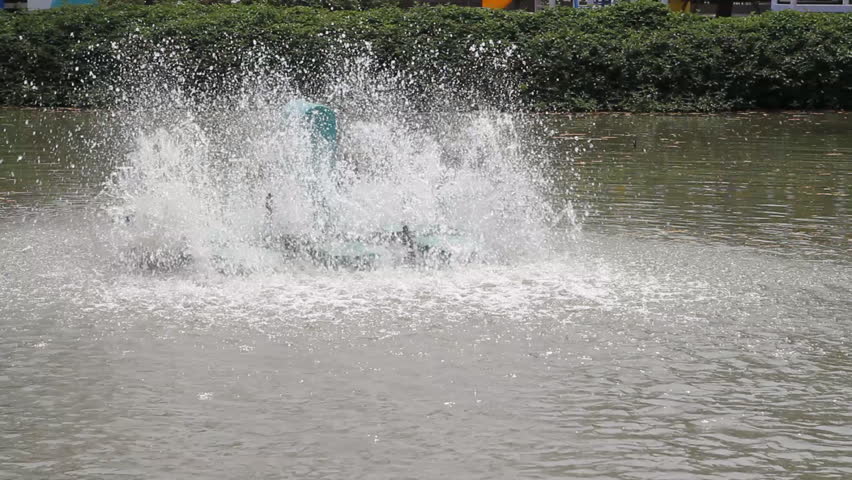
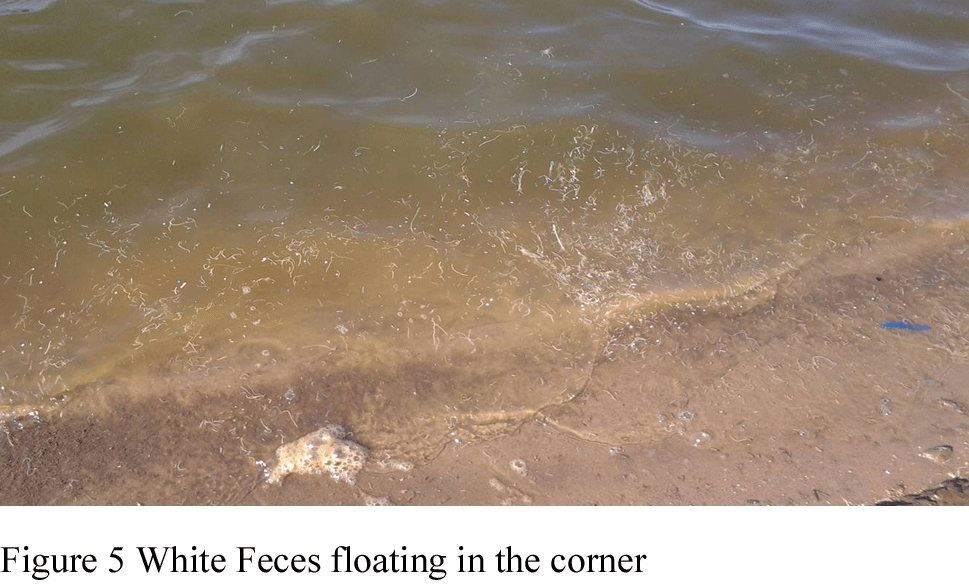
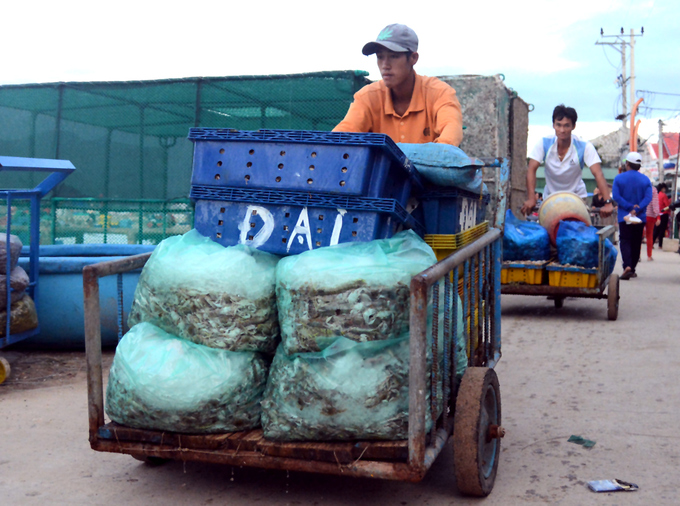

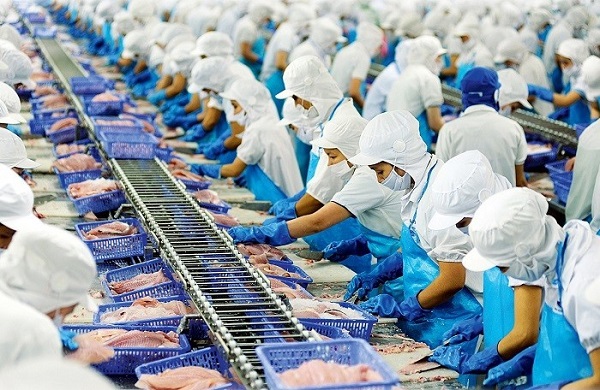

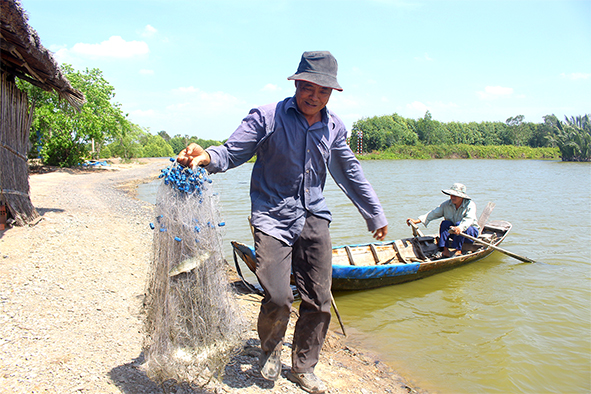
Bình luận bài viết